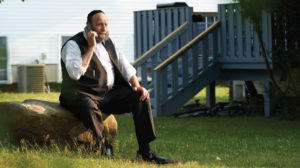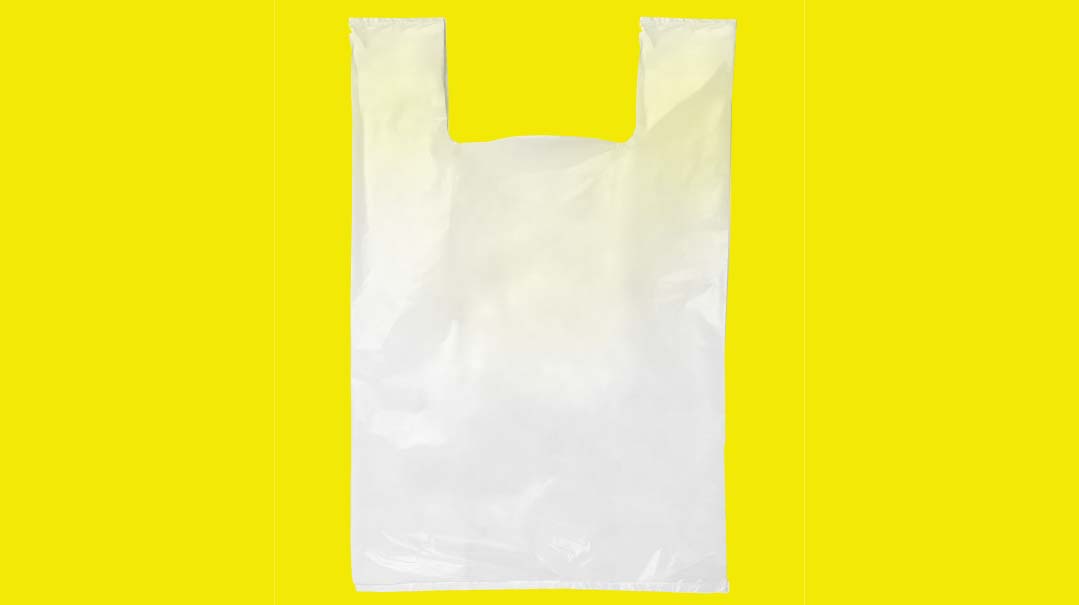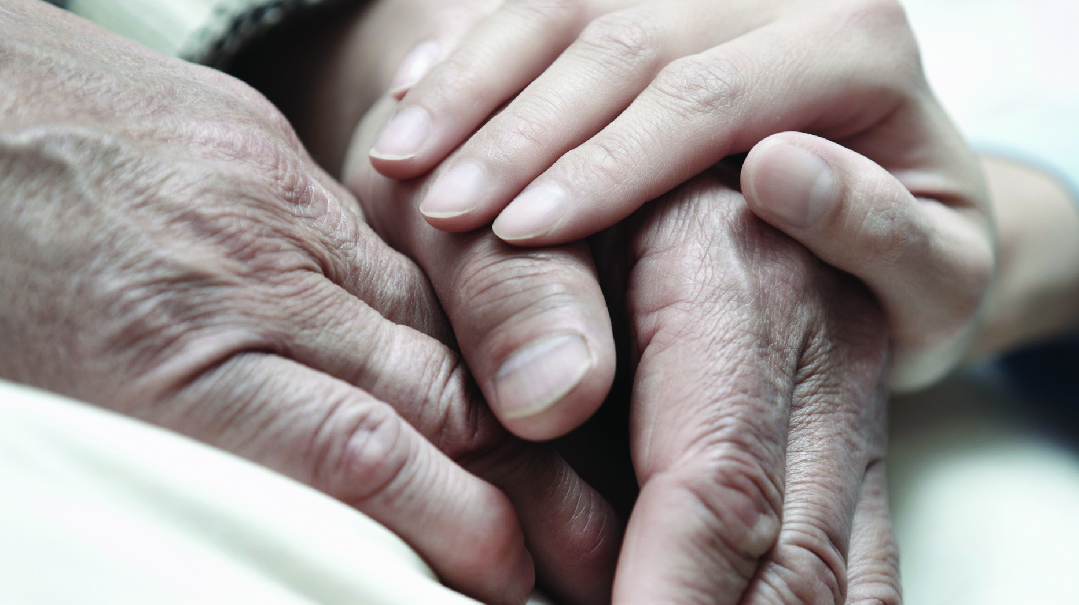Everyone Needs a Hindy


I t was three o’clock on Friday afternoon. Countdown: two hours to Shabbos. From the hallway I heard the telltale roar of a pot boiling over on the stove.
“Mordechai!” I called to my husband. “Can you lower the soup? I’m holding the door to the baby’s room!”
The baby’s room was my daughter Hindy’s time-out spot. Not wanting her to have negative associations with her bedroom and having no shortage of opportunities to send her for a time-out I had opted to use the baby’s room — which doubled as our storage room — as Hindy’s official time-out zone.
Inside the room Hindy was howling at the top of her lungs and throwing her body against the door. I didn’t want to lock the door so I stood there and held it closed with all my might as she fought to turn the doorknob. Finally thankfully she left go. For the next few minutes I heard some muffled sounds. I leaned against the door limply exhausted from the effort of containing Hindy.
Some 15 minutes earlier Hindy had gotten angry at her five-year-old brother Shua and in her rage she had torn up Shua’s parshah sheet. When Shua began to wail Hindy punched him and started screaming. Seeing that Hindy was out of control I told her to go into the baby’s room for a time-out. She didn’t listen of course so I led her by the arm kicking and screaming into the room. “Mommy’s right outside ” I called to her as I closed the door after her. “When I hear that you’re calm I’ll open the door.” I forced myself to keep my voice pleasant but inside I was fuming. And frightened.
Now finally Hindy had quieted down. I opened the door — and gasped. Costco-sized packages of napkins pasta and crackers were strewn all over the room! Hindy was no longer crying but I felt ready to cry myself. I didn’t know what to do. Should I force her to clean up the mess? How would I do that? Should I make her stay in the room? Who knew what else she would destroy in the process? Better to just to do it myself especially since it was almost Shabbos. But how would she ever learn?
Hindy was all of three years old at the time. Yet I felt as though I had been through a lifetime of frustration with her. Even her preschool morah had thrown up her hands in exasperation. “When I tell everyone to take a little step back Hindy takes a big step back and knocks over everyone behind her” the morah complained. “When she touches any of the other kids they start crying. I think she has a mean streak to her.”
Hearing this was so so painful. Was Hindy really mean? Sometimes I had to admit I myself felt that way about her such as when she was tearing out her siblings’ hair or clawing at their faces. But I knew that Hindy had a heart of gold. She couldn’t bear to see anyone in pain. When Shua fell and skinned his knee she ran to get him a Band-Aid. When the baby cried she sang to him and made funny faces.
I decided to take Hindy for occupational therapy thinking that perhaps she had sensory issues that were causing her to be rough around other kids and explosive in general. From the occupational therapist I learned to give her bear hugs when she started to spiral out of control; I even got her a tight vest to soothe her. Overall however the OT did not reduce Hindy’s volatility.
When Hindy was home the entire household revolved around her. I couldn’t even go to the bathroom. If I did she would bang on the door and shout “Mommy when are you coming out? When are you coming out?” No matter how many times I told her “soon ” or “in a minute ” she would continue to bang at the door in desperation as though she didn’t even hear me.
I couldn’t feed the baby because then she’d attack Shua. I couldn’t read Shua a book because then she’d hurt the baby.
I felt so helpless. How was I supposed to run a home and take care of my two other kids if this one child needed constant attention? You’re not letting me live I felt like shouting at Hindy. I need to be able to raise my kids normally!
Then I would feel upset at myself. It’s not her fault I would berate myself. She’s just a little girl and she’s obviously suffering.
I didn’t want to be angry at Hindy but it was very hard to love her.
Hindy was often oblivious to the results of her behavior. If I would ask her why she had bitten the neighbor’s kid she would say “I didn’t bite her!” She was so out of control that she often didn’t even realize what she was doing or remember that she had done it. And punishing her didn’t help because she couldn’t make the connection between what she had done and the penalty she had received. Punishment just caused her to become enraged which was a punishment for me.
I learned early on never to lose control of myself around Hindy even in the slightest. The moment I raised my voice one decibel or allowed a hint of frustration to creep into my voice she immediately escalated. If I said something like “Why is your milk on the floor?” she’d fall apart grabbing me and crying “Mommy why are you upset at me? Mommy don’t be upset! You hate me! You’re yelling at me!”
Of course I wasn’t yelling as that would just cause her to start screaming and hitting and throwing. But she picked up on my feelings really quickly and went haywire at the tiniest hint that I was annoyed. So I forced myself to talk to her in a calm controlled voice no matter how frazzled I was by her behavior.
Many times after an episode with Hindy I would start snapping at Shua because I was so on edge. The effort of maintaining a serene demeanor even after Hindy threw a bowl of soup across the room and overturned the baby’s high chair tray left me emotionally sapped not to mention all the physical energy I had to expend undoing the damage. When Shua would start kvetching I would tell him “I can’t take it! I need some space!” I was resentful of Hindy for robbing the other kids of their rightful attention and denying me the ability to enjoy them.
By the time Mordechai came home in the evening I was ready to collapse. The words “You don’t know what happened today!” were practically the first words out of my mouth each time he walked through the door.
“What is going to be with this child?” I would cry to him. But he didn’t have any answers.
Oops! We could not locate your form.













